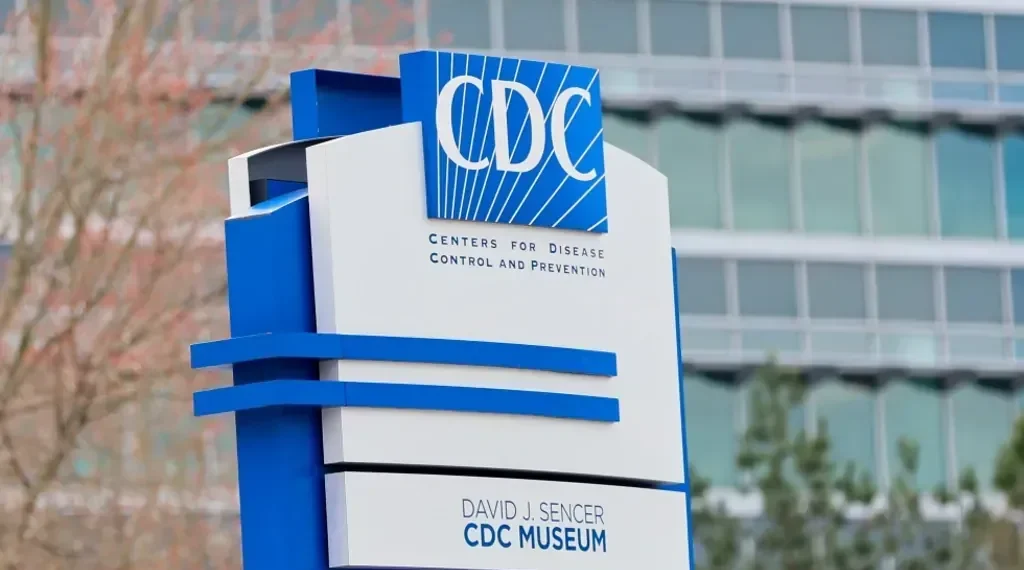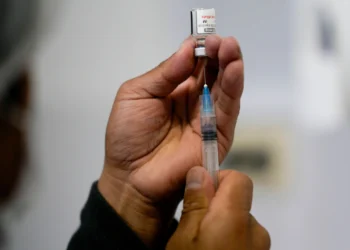Washington Resident Believed to Be First Human Fatality from Rare H5N5 Bird Flu
A resident of Grays Harbor County, Washington, has reportedly died from the rare H5N5 bird flu strain. This marks the first known human fatality from this virus. State health authorities emphasize that the risk to the public remains low, and there is no evidence of human-to-human transmission.
Details of the Case
The deceased was an older adult with pre-existing health conditions. They contracted H5N5 after contact with a backyard flock of domestic poultry. The birds had likely interacted with wild birds carrying the virus.
“The risk to the public remains low,” the Washington State Department of Health said. “No other people involved have tested positive for avian influenza.” Officials are monitoring everyone who came into close contact with the individual. So far, there is no indication that the virus spreads between people.
Geographic and Epidemiological Context
Grays Harbor County is located about 78 miles (125 kilometers) southwest of Seattle. The area has a long history of poultry farming and backyard flocks. These settings can sometimes allow bird-to-human transmission, although such cases are extremely rare.
Earlier in November, the U.S. Centers for Disease Control and Prevention (CDC) confirmed the H5N5 infection. The CDC noted that this isolated case does not suggest a higher risk to public health.
Comparison with H5N1 Bird Flu
H5N5 differs genetically from the better-known H5N1 virus. H5N1 caused about 70 human infections in the United States in 2024 and 2025, mostly mild cases among poultry and dairy farm workers.
The main difference is a viral protein that affects how the virus leaves infected cells and spreads to nearby cells. Experts continue to monitor H5N5 closely because it is rare in humans, but its potential impact remains uncertain.
Public Health Guidance
Health officials advise residents to avoid direct contact with wild birds and sick poultry. Owners of backyard flocks should follow strict biosecurity measures. This includes washing hands carefully and keeping domestic birds separated from wild birds.
Authorities stress that H5N5 poses minimal risk to the general public at this time. They continue to monitor and test people who were exposed to the virus as a precaution.
Conclusion
The first human death from H5N5 highlights the importance of vigilance in poultry care and public health monitoring. Although bird-to-human transmission is extremely rare, authorities are maintaining close surveillance to prevent outbreaks and safeguard public health.
This article was rewritten by JournosNews.com based on verified reporting from trusted sources. The content has been independently reviewed, fact-checked, and edited for accuracy, neutrality, tone, and global readability in accordance with Google News and AdSense standards.
All opinions, quotes, or statements from contributors, experts, or sourced organizations do not necessarily reflect the views of JournosNews.com. JournosNews.com maintains full editorial independence from any external funders, sponsors, or organizations.
Stay informed with JournosNews.com — your trusted source for verified global reporting and in-depth analysis. Follow us on Google News, BlueSky, and X for real-time updates.










